China will keep liquidity at an ample level and ensure stable growth in overall credit amid a sharp decline in new yuan loan growth in April.
The country's new yuan-denominated loans totaled 645.4 billion yuan (about 95.05 billion U.S. dollars) in April, down from 3.13 trillion yuan in March, data from the People's Bank of China (PBOC) showed Friday.
The PBOC attributed the slower growth to the impact of the COVID-19 epidemic on the real economy, saying that financing demand decreased as enterprises, especially smaller ones, suffered more difficulties such as higher costs of raw materials.
In the face of COVID-19 resurgences across the country, China has used multiple monetary tools to ease the downward pressure on the real economy.
It announced cutting the reserve requirement ratio for financial institutions by 0.5 and 0.25 percentage points in December 2021 and April this year, respectively, adding long-term and stable capital sources for the country's financial institutions.
Since January, China has cut the interest rates of its medium-term lending facility loans and lowered the loan-prime rates.
Friday's data also showed that the M2, a broad measure of money supply that covers cash in circulation and all deposits, increased 10.5 percent year on year to 249.97 trillion yuan at the end of last month, 2.4 percentage points higher than last year.
Deeming the economic development environment as more complex and grim with rising uncertainties, the PBOC said the fundamentals of the Chinese economy would continue to improve as the country has healthy economic resilience and a vast market.
In the next stage, the PBOC will leverage various monetary tools to keep liquidity stable while ensuring credit growth.
While the country's macro leverage ratio may likely rise, it will stay within a reasonable range, said the PBOC.
The central bank will continue to lower the financing cost for companies and offer targeted support to those hit hardest by the epidemic.
The PBOC reaffirmed its intention to implement prudent monetary policy this year on Friday, saying that it will utilize aggregate and structural monetary policy tools to keep the economy running within a reasonable range.











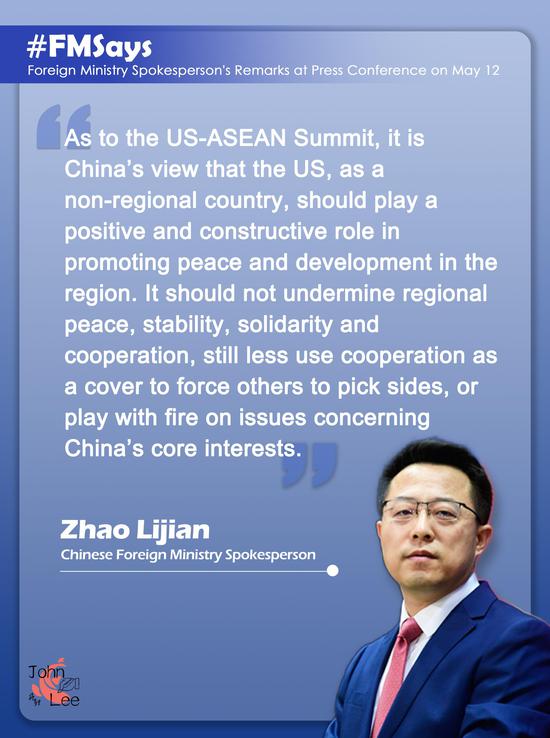
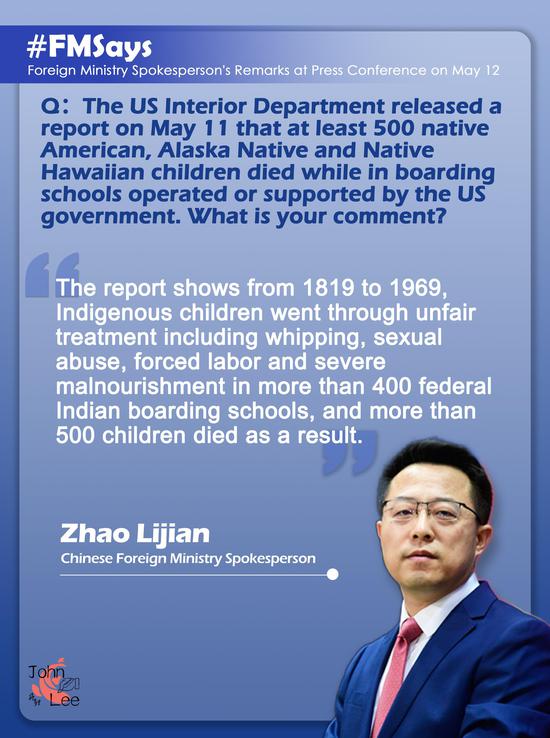

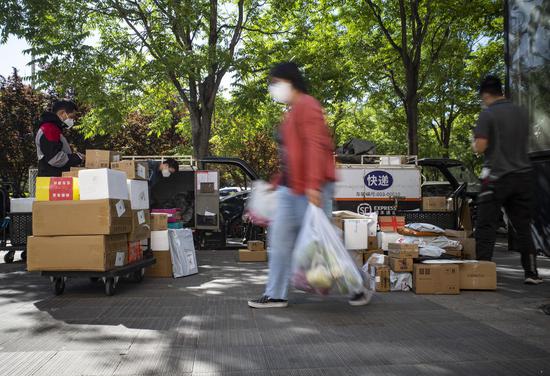


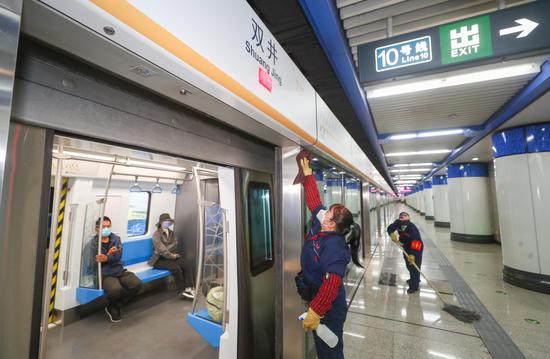

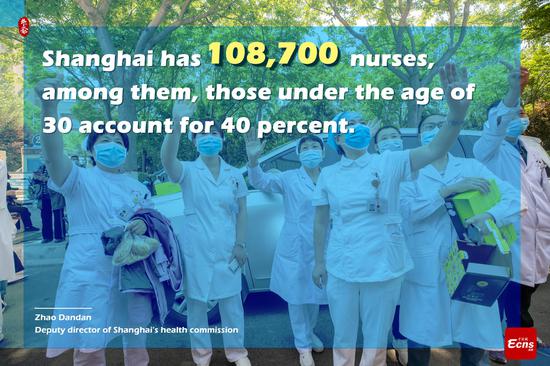

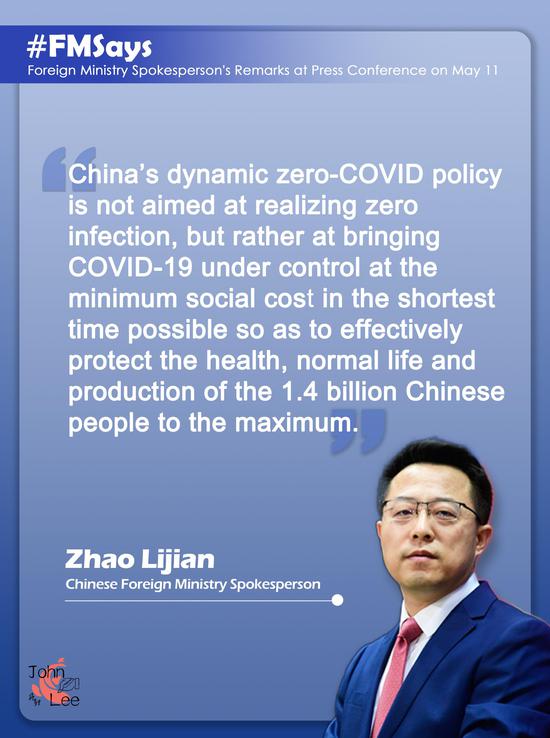
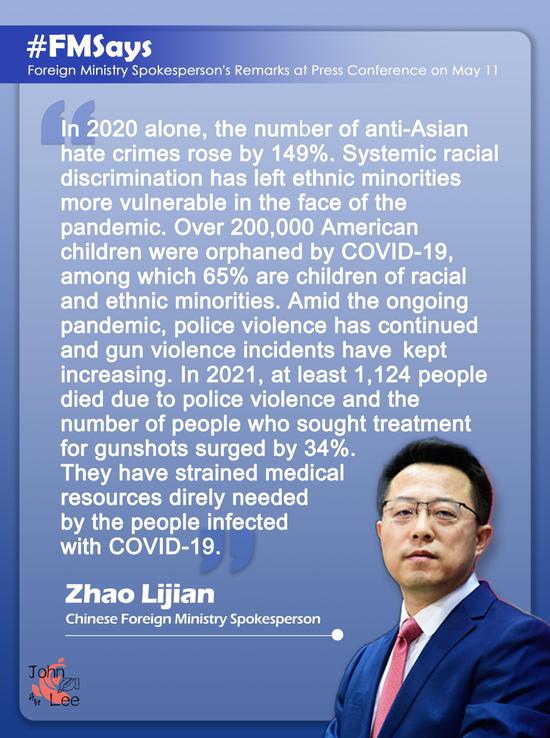
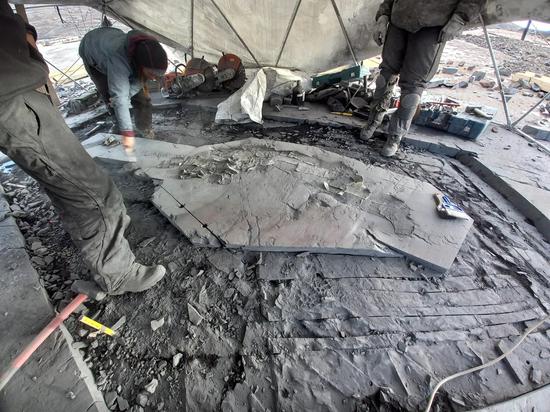



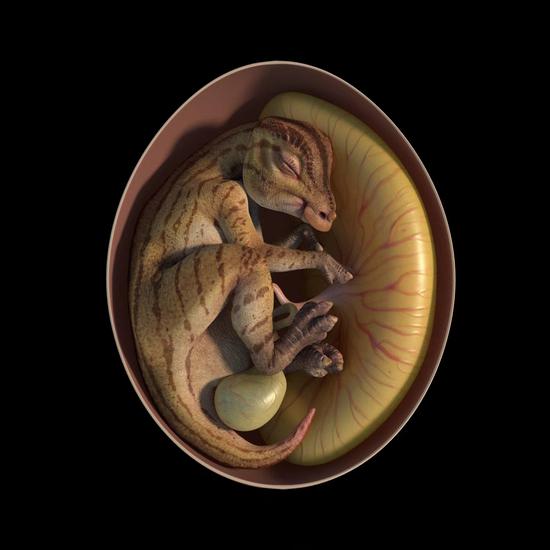
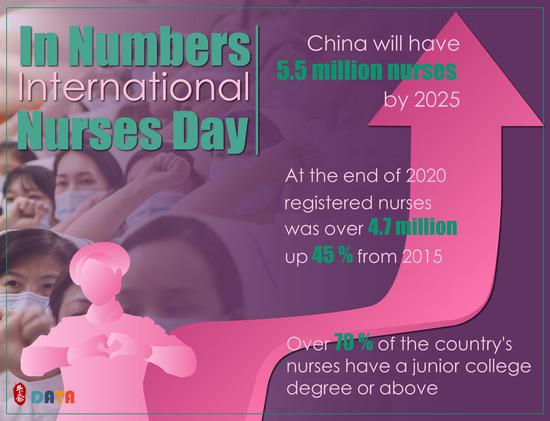
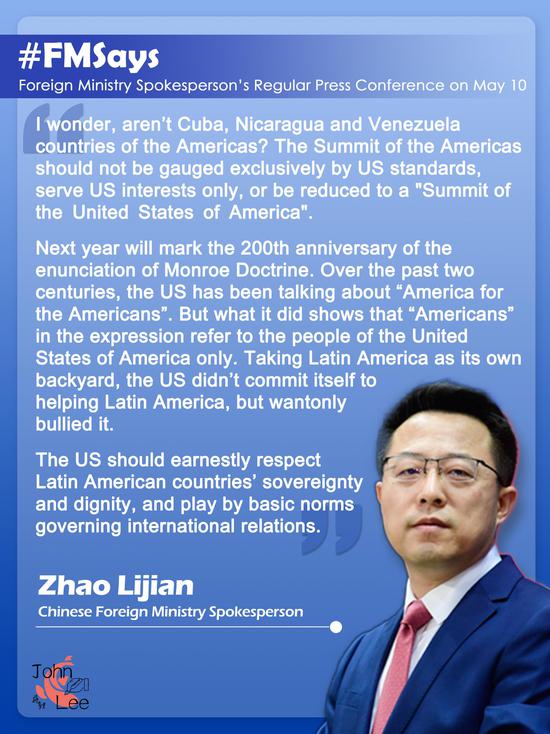


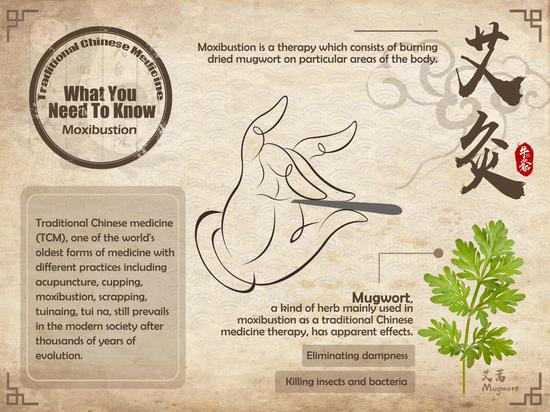


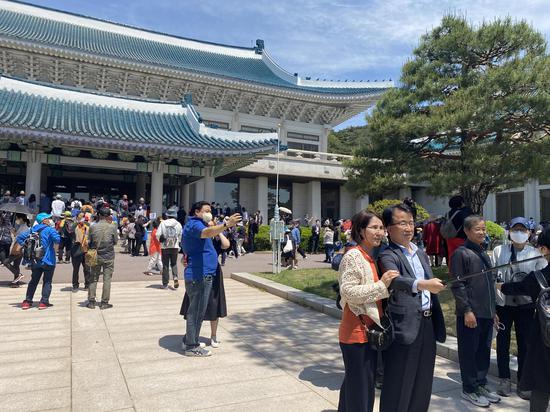

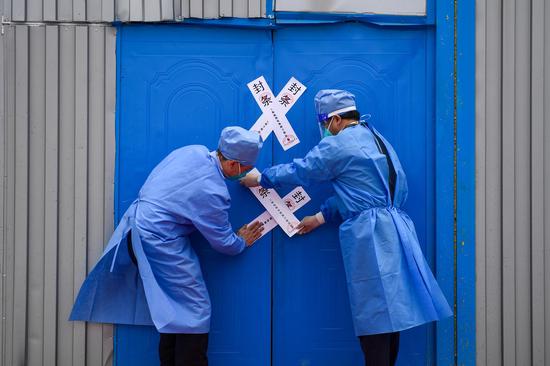





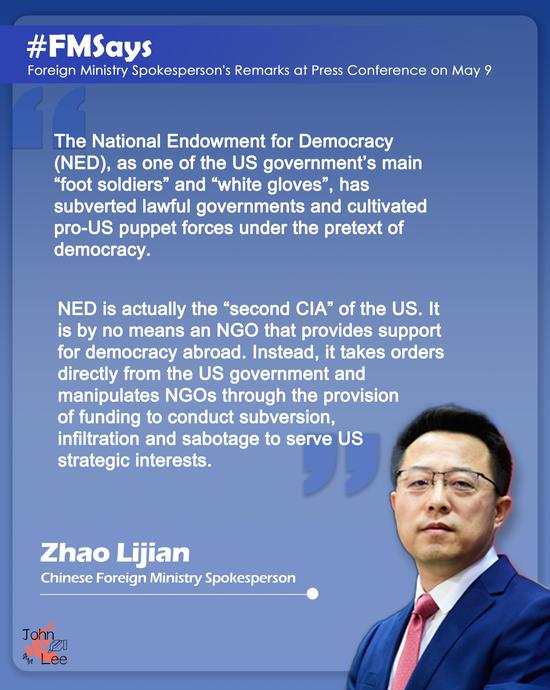






 京公网安备 11010202009201号
京公网安备 11010202009201号